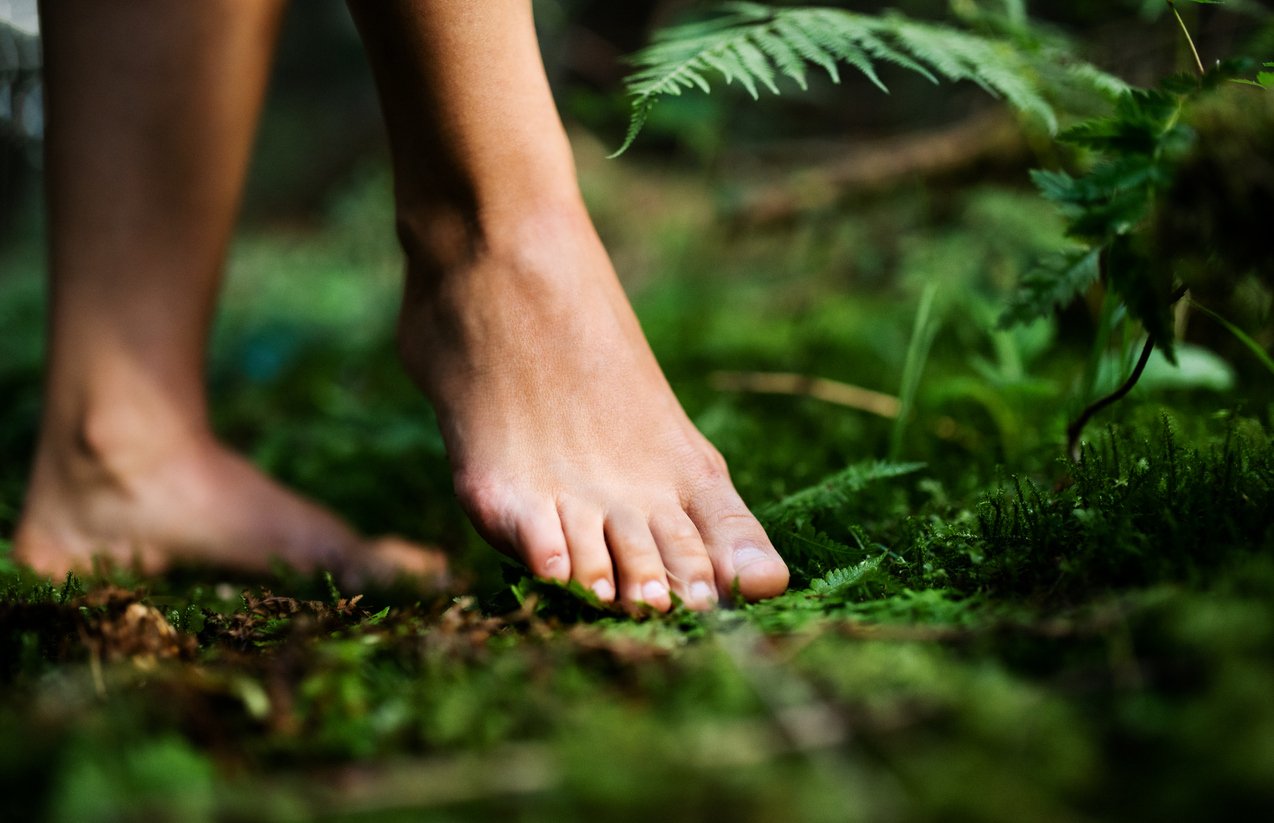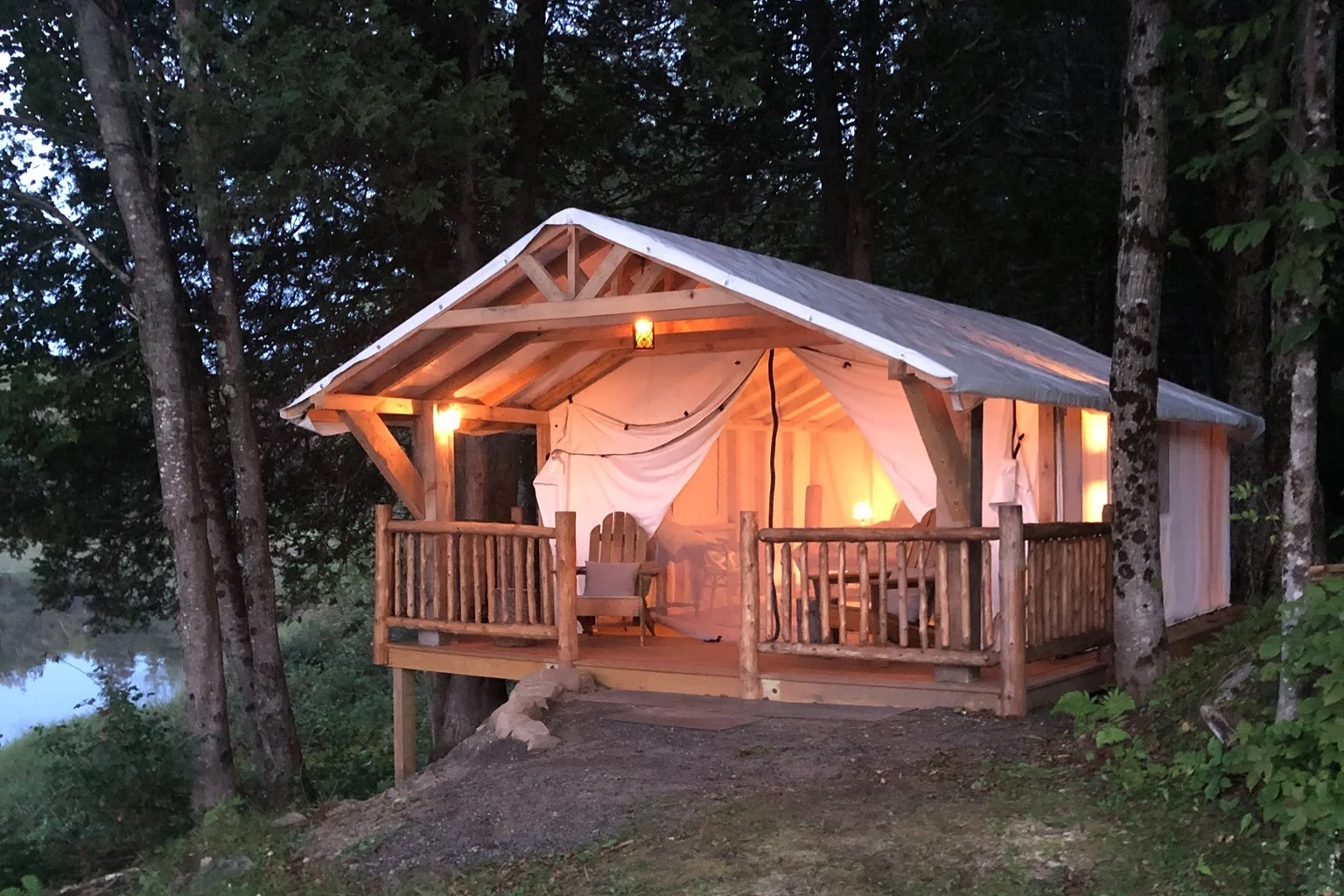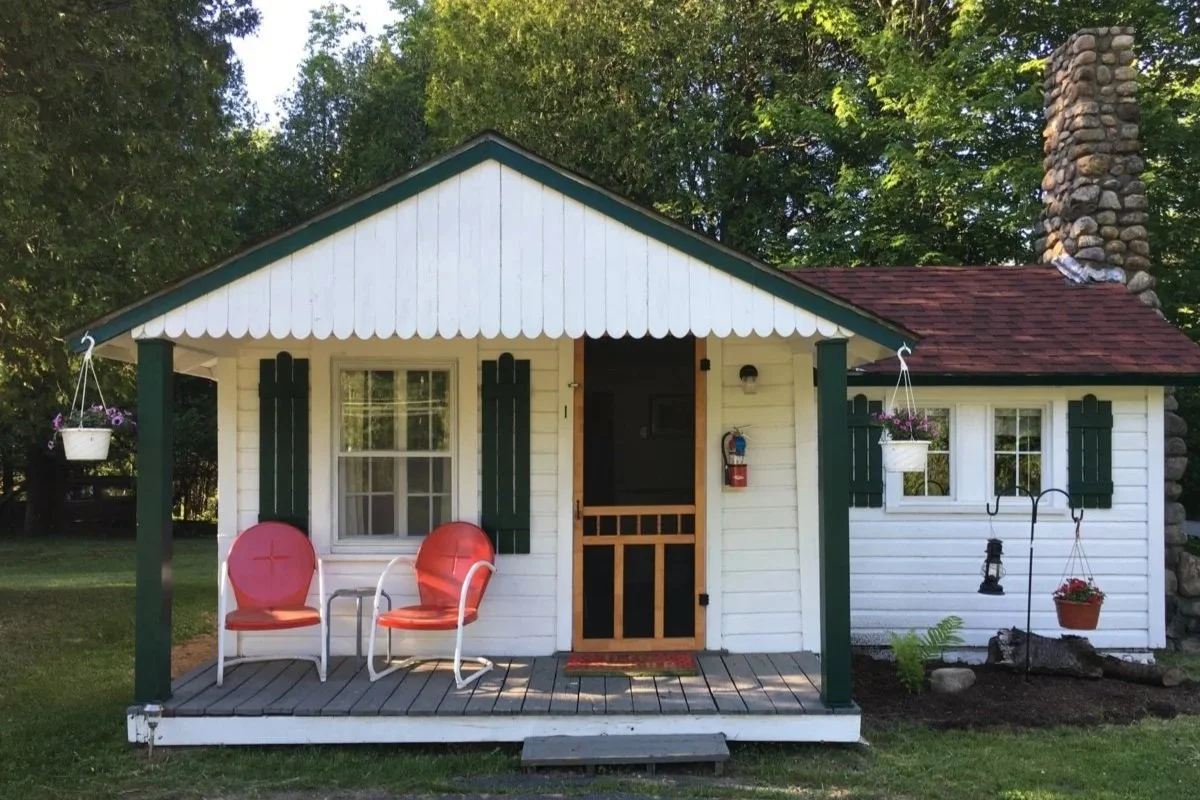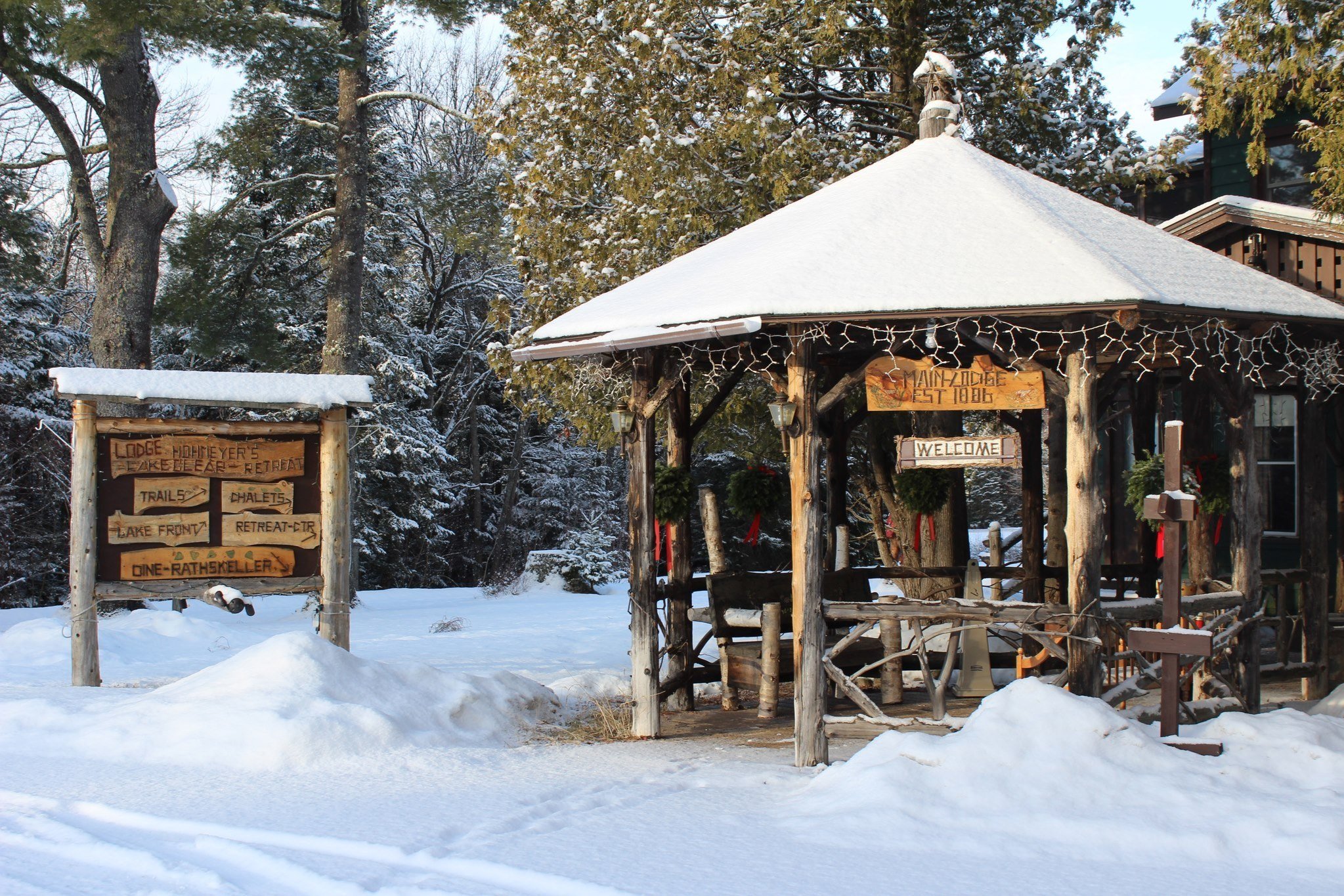The Zen of Forest Bathing: Another Way to Unwind in the Adirondacks
Discover inner tranquility amidst the stunning wilderness of the Adirondack Park.

The Adirondack region boasts gorgeous mountain peaks, 3,000 tranquil lakes, 30,000 miles of rivers and streams, and various habitats, including globally unique wetland types and old-growth forests.
The Adirondack forests provide a habitat for birds and animals, helping to maintain clean air, conserve water and prevent soil erosion. In addition to these benefits, they also have therapeutic properties that can help reduce stress. Forest bathing is a technique that enables people to reconnect with nature and take advantage of its soothing effects to reduce stress, improve attention, boost immunity, and lift one’s mood, according to Harvard Medical School.
A brief history of forest bathing.
We owe the concept of forest bathing to Japan. Their term for the practice is Shinrin-yoku, which translates to 'taking in the forest atmosphere.' In the early 1980s, Japan's Ministry of Agriculture, Forestry, and Fisheries developed the concept as a way of combating the high levels of stress and depression rampant in the Japanese urban population. Since then, forest bathing has taken off globally, with studies indicating that it reduces stress and blood pressure and improves mental clarity.

Step into nature with forest bathing in the Adirondacks.
The Adirondacks are tailor-made for enjoying the benefits of forest bathing. Of the 6 million acres that make up the Adirondack Park, 1.3 million are forest land with rich biodiversity and beautiful mossy slopes.
Research has shown that spending just 30 minutes in the woods can lower cortisol levels (the stress hormone), improve memory, and boost the immune system. It also increases the production of natural killer cells that fend off viruses and bacteria.
Besides the medical benefits, forest bathing also enhances creativity and problem-solving. With no distractions, you can let your mind engage in mindful contemplation. In other words, let your thoughts roam free and be present in the moment.
Forest bathing: A beginners guide.
To practice forest bathing, you need to be fully present and immerse yourself in nature. It is not a sprint or a marathon but a slow and meditative walk through the woods where you take in everything that surrounds you.
The basic principles of forest bathing are fairly straightforward: Pick a favorite hike or trail, turn off your phone and wear comfortable clothing and shoes.
The setting for a forest bath does not necessarily need to be dense with trees. Any kind of natural setting with minimal human-built features is suitable. The chosen location should be filled with interesting features that improve opportunities for observation and various sensory activities.
Enter the forest, stand still, and recognize your body in space. This step should take around 15 to 20 minutes to complete. Consider this step to be like stretches before an exercise. Stand in one spot and take careful note of your surroundings. Feel your feet on the ground. Pick up a small object — a leaf, a rock, or a branch and concentrate on how you interact with it. Note the sounds you hear, the temperature of the air and the scents you smell. Closing your eyes may help you engage your senses further.
Begin walking slowly and quietly, paying attention to your breathing. Try to synch your breathing with your walking pattern.
Find a suitable place to sit for at least 20 minutes. Look for a dry spot in a meadow, a tree stump or fallen log, or a large boulder. Try not to disturb any woodland creatures. Once settled, observe your surroundings for at least 20 minutes, then resume walking. Consider another location to stop, sit and observe.
End your forest bath with a ritual or activity to mark the conclusion of your session. Drink tea or enjoy a light snack and beverage. If you’re with other people, begin engaging in light conversation about your experience. The point is to return slowly to the rhythm of your life. The Japanese refer to this as the “threshold of incorporation” that allows one to transition gradually to regular life.
To access the full benefits of forest bathing, most experts recommend working with a certified guide, like those at Adirondack Riverwalking. They offer trained guides for a meditative two- to three-hour ecotherapy excursion. They offer group sessions or will design custom itineraries based on your needs and preferences. They also partner with local organizations to provide guided sessions.
A four-season Adirondack experience.
Forest bathing is a year-round activity. Obviously, the summer is an ideal time to try out this Japanese practice when you can feel the sun's warmth soak into your skin, enjoy the sounds of songbirds, and plants, flowers and trees are in full bloom.

In the fall, the brilliant fall colors provide maximum visual impact. You’ll also benefit from cool, crisp air and potentially fewer folks on the trail to disturb your meditation.
When the snow falls, strap on snowshoes, inhale the invigorating, pine-scented air, and take in the pristine winter forest.
And then, in spring, watch as the melting winter snow gives way to green shoots and blooming flowers. Contemplate these signs of growth and rebirth as you take in the awakening forest around you.
The Adirondacks provide a peaceful escape for those looking to unwind, de-stress, and immerse themselves in the serene surroundings of nature. Due to its rich history, health benefits, and ease of access, the Adirondacks are a must-visit destination for any nature enthusiast. Take a break from your daily routine and discover inner tranquility in the beautiful wilderness of the New York State’s north country.
Experience forest bathing in the Adirondacks.
Find places to stay, shop, eat and things to do in Lake Placid, NY.
Shop for unique Adirondack apparel and gifts.







































































